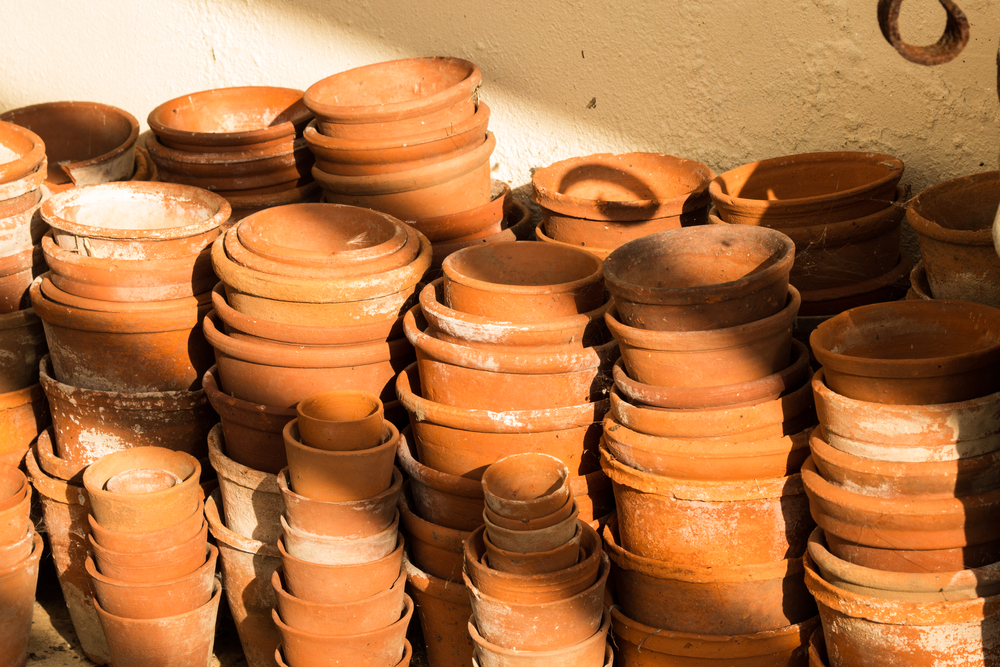What a joy to watch the sun set permanently to brighten up our days as summer approaches! But behind this reality hides another, mathematician: the more sun, the less rain. And the more the gardens and vegetable gardens are watered… Fortunately, tips exist to save effort, but above all water resources. This is particularly the case with the ancient system of oyas, clay pots buried in the ground to irrigate the roots of plants directly through capillarity. What if you could make them yourself? We tell you everything in this article.
What are oyas?
The trick is not new… The oyas technique already appealed to gardeners and farmers in ancient Rome. And for good reason, it’s a perfect way to give your plants plenty of water without fear of drowning or wasting water.
The idea is simple, the clay or microporous ceramic pots are planted in the ground, close to the plants and filled with water. Sheltered underground, it stays cool and does not evaporate. And thanks to their permeable properties, oyas gently and constantly irrigate the roots of plants. An ideal system to care for your plants during your absence or in warm weather.
Another advantage of this system: because the surface soil remains relatively dry, weeds do not grow.
How do you make your own oyas?

Oyas are ideal allies for gardeners who live in sunny areas. The only problem is that these crafts are often very expensive. Find out how to save money when recycling your old terracotta pots with this tip.
Which material?
- 2 unglazed terracotta pots of slightly different size
- Gloves
- tile adhesive
- A terracotta cork or saucer
Step by step production
- To start, plug the hole in the largest pot by inserting a pebble, piece of tile or flat ceramic to make the oyas perfectly watertight.
- Then place the smaller pot inside the larger one and place it upside down.
- Keep the top hole open so you can fill the oya.
- Seal the two jars with your tile adhesive.
- Place your oya in the ground and fill it with water if necessary. Close it with a cork or cover it with a saucer to limit evaporation.
To discover these steps in pictures, visit the Ecoloko Youtube page, here.
So now you know how to make an economical alternative to commercially available oyas. Did this article pique your interest? Discover 10 resistant plants in full sun that grow without water and (almost) without water in the garden